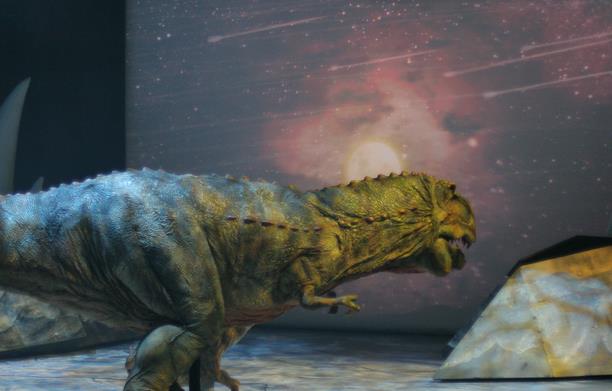We all know that dinosaurs do not exist anymore and we are familiar with the theory saying that dinosaurs became extinct more than 60 million years ago at the end of the Cretaceous Period (146 to 65 million years ago). Back then most of the continents were still joined together sharing common plants and animals.
Why this happened is still a mystery and scientists studying fossils and rocks have come up with different conclusions. However, we are familiar with the theory that is mostly accepted that a meteor hit Earth resulting in a massive change in climate. Other theories suggest that a gigantic volcano exploded resulting in climate change, or that extinction didn’t happen suddenly but gradually due to competition between mammals and dinosaurs.
However, the most accepted theories of a cataclysmic event that altered Earth’s climate do not explain why many species not only survived but thrived during that ‘cataclysmic’ era on Earth. Scientific studies suggest that about three quarters of animal and plant life on Earth was extinguished. The main reason for that was probably the fact that the dust from such an impact completely cut off sun rays from reaching Earth for months and thus affected most plants and organisms that need light to survive.
Sea life was affected the least (10% to 22% loss) and a few water ecosystems were somehow sealed off from the changes. Palaeontologist Thomas Holtz suggests that the freshwater environments probably remained unchanged due to the fact that they are supplied mainly by underground water sources.
However, the results are based on a hypothetical beginning, which is a meteor or volcanic eruption and based on that hypothetical start we try to support it by adjusting all other information in such a way in order to fit it properly into the puzzle. It would make more sense to search for more evidence rather than simply trying to adjust known facts to support it.
